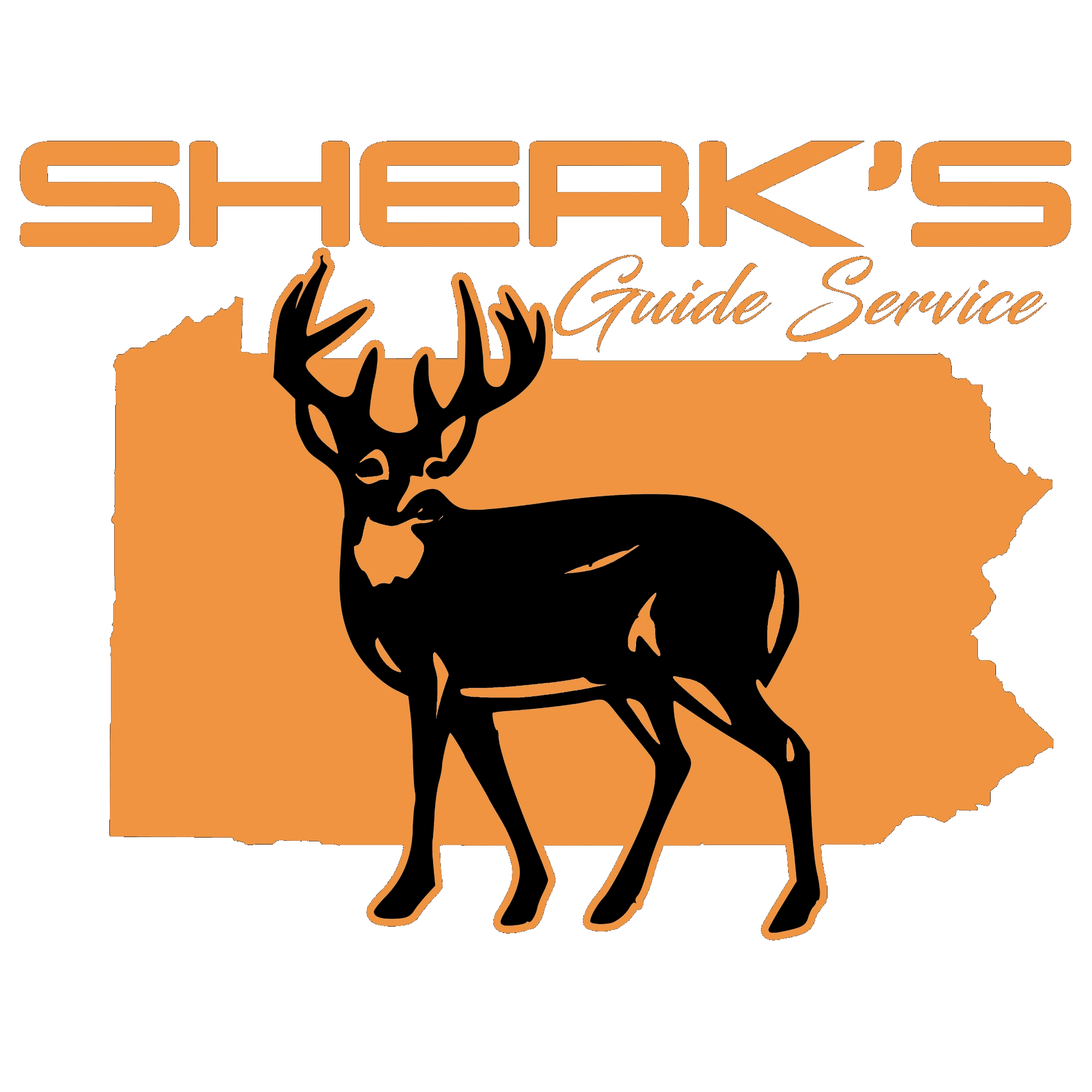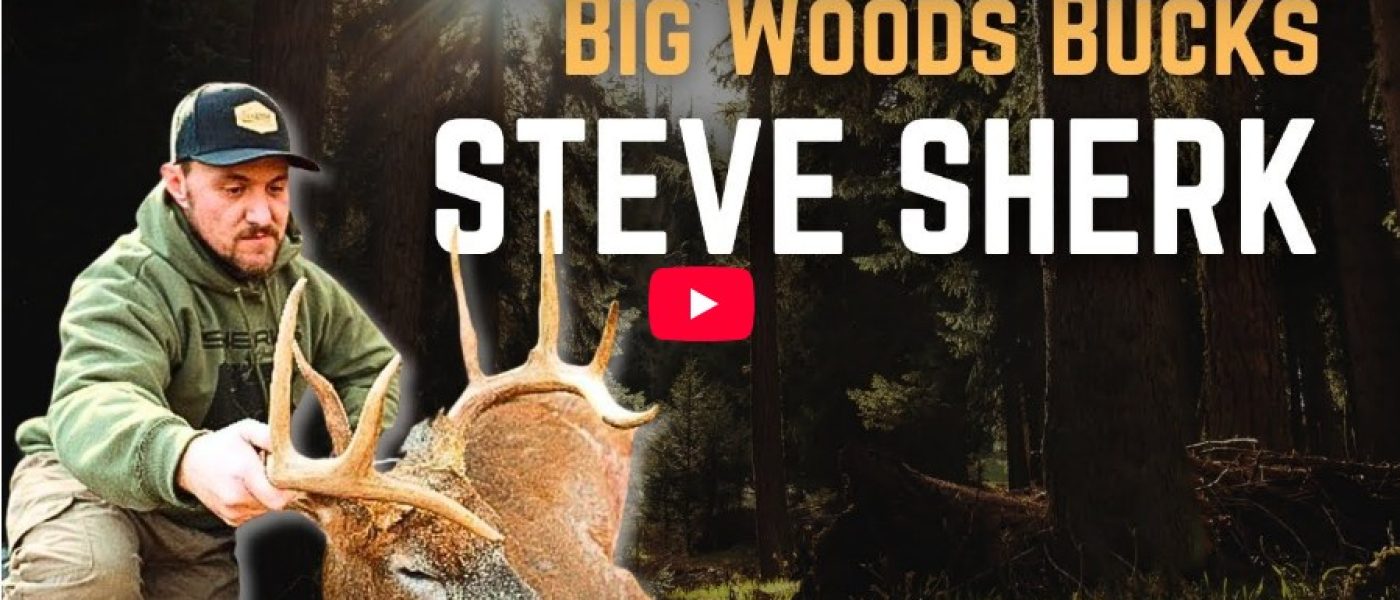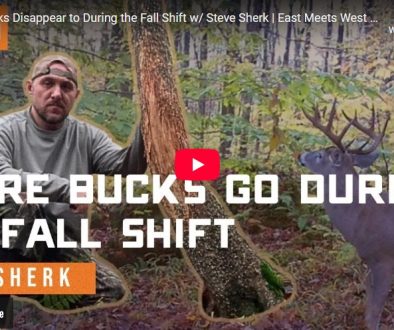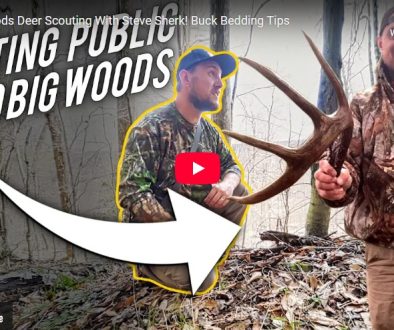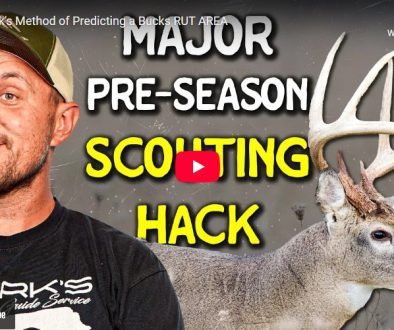In the very first episode of the HuntBetter Podcast, host and guest dive into what it really takes to find and harvest mature deer deep in public land. Steve Sherk joins the show in “Big Woods Bucks with Steve Sherk” to share years of lessons from the Allegheny Mountains and his trail-tested approach to the hardest deer country. YouTube
Big Woods Bucks with Steve Sherk (HuntBetter Podcast)
🎯 What You’ll Learn from the Episode
Some of Steve’s most insightful topics in this podcast:
- Big Woods Fundamentals — What differentiates hunting in dense forests vs open country, especially in terms of deer density, movement, and pressure.
- Trail Camera Strategy — How Steve uses cameras to map deer movement over time and how those patterns influence his stand choices.
- Bedding & Feeding Theory — His thinking behind how bucks bed and feed in thick cover—and when they leave it to move.
- Guide Perspective — The challenge of guiding on public land: balancing client expectations, pressure, and terrain.
- Mindset & Patience — How Steve handles long sits, scarce sign, and the grind of hunting big woods buck country.
Because this is a foundational episode, Steve speaks broadly yet deeply about the principles that guide his hunting philosophy.
Why This Episode Is Worth Featuring
- First impression of the HuntBetter Podcast — It introduces Steve’s methods to a broad audience.
- Covers core woods strategies — Much of what Steve talks about here underpins his more specific tactics in later content.
- Evergreen appeal — Since many of the themes are foundational (camera use, bedding, mindset), this episode’s lessons remain relevant year after year.
- High engagement potential — For readers who haven’t heard Steve before, it’s a strong introduction to why his name carries weight in public land deer hunting circles.
Key Takeaways (Quotes & Themes)
“In the big woods, sign is often minimal—but pattern is everything.”
“You can’t treat public land like you do private—it demands flexibility and data more than chance.”
These are not literal transcriptions, but the core ideas Steve conveys repeatedly. His emphasis lies in blending patience with informed movement rather than reacting hastily.
How You Can Apply What Steve Shares
| Area | Takeaway | Action You Can Try |
|---|---|---|
| Pattern over sign | Rely more on observed deer movement than flashy rubs | Use long-term camera data to decide where to hunt rather than just focusing on rubs/scrapes |
| Stand placement | Place your stand based on corridors, bedding, and cornermoves, not just visible sign | Map multiple likely deer paths and pick a stand location that intercepts several |
| Guide mindset | As a guide, balance risk with client expectations and terrain | If guiding others, rotate options; keep pressure low and maintain trust with your clients |
| Patience & consistency | When you don’t see sign or deer doesn’t show, stick to proven zones | Give a spot multiple days before abandoning it; incremental adjustments beat constant bouncing |
